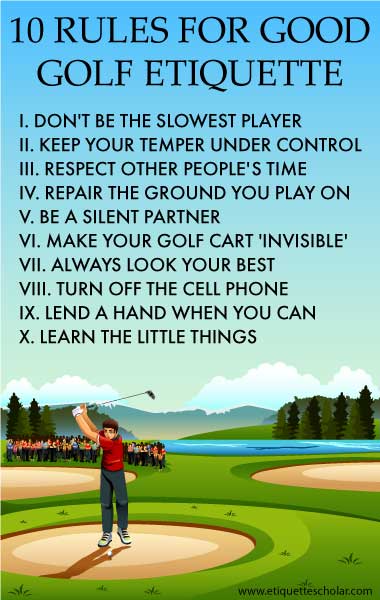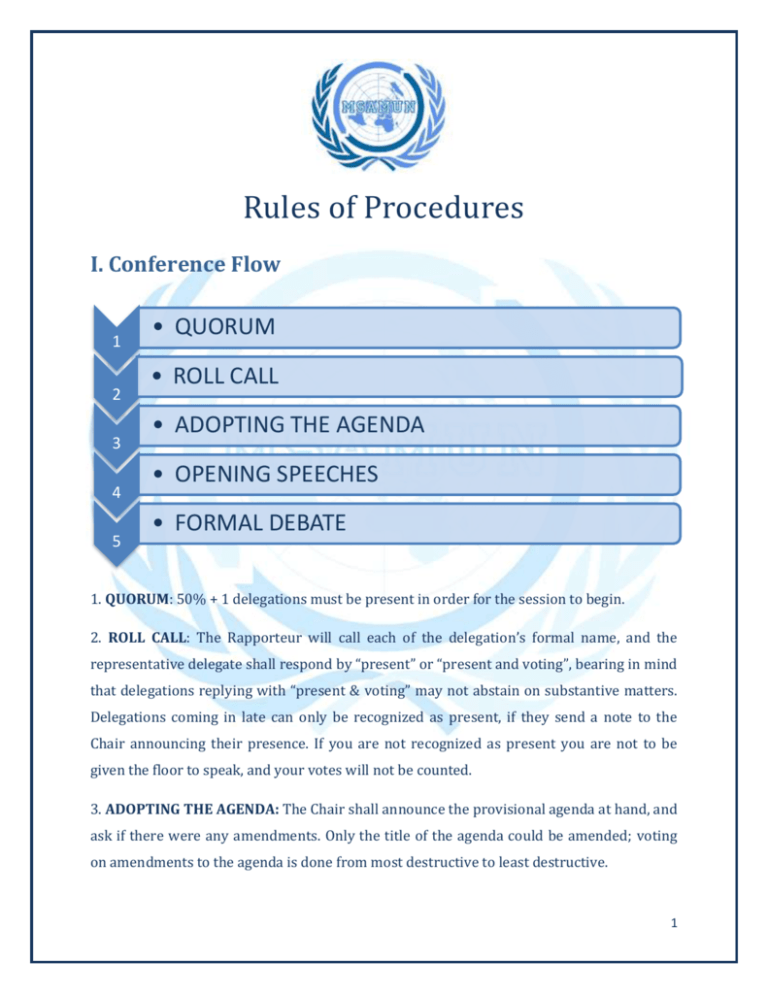Rules of golf etiquette
Unlike tennis, where there’s nothing you can do on the court before your appointed court time, golf doesn’t begin at your tee time, it begins in the parking lot. This means you need to arrive early, at least a half hour or more, depending on how much you want to practice, or perhaps grab a snack or a beverage https://theodorhenriksen.com. It begins with dropping off your clubs at bag drop or taking them from your trunk to the course, putting on your golf shoes, and checking into the shop. If you plan on hitting range balls, you need to factor that in as well. And you should be at the first tee at least 10 minutes before your tee time to check in with the starter. If you wait until the last minute to show up, you’re not only stressing yourself out, but the rest of the players in your group as well.
Showing up early is essential for golfing with friends, co-workers, or clients. It gives everyone time to settle and be in the right frame of mind for an enjoyable round of golf. Additionally, it’s important to remember that you won’t have much time once you start playing – giving yourself a few minutes of practice before the game is important.
Ready golf should be the go-to method when playing a round of golf. It is designed to speed up the game and can have a positive impact on your score as well. Playing ready golf means that each golfer should be prepared to hit their bad shot as soon as it’s their turn, without any delays or waiting for someone else to play. This not only saves time but also helps to keep everyone in the same rhythm throughout the game.

Formal rules of procedure or etiquette
You can also greatly increase the effectiveness of your meetings through the proper use of board portals. iDeals, the top choice among the many options available, will help steer you through planning your agenda, collecting votes, writing meeting minutes, and more.
Robert’s Rules of Order is a lengthy manual of parliamentary procedure that governs most boards of directors, which was first created in 1876 by Henry Martyn Robert as an adaptation of the rules and practices of Congress. With the latest versions of the manual totaling around 700 pages, a Robert’s Rules of Order cheat sheet is useful for highlighting the most common processes used by today’s boards.
Meeting navigation requires both concentration and engagement. During the discussions, some unexpected procedural issues may occur. This step-by-step guide explains how to use a tailored “Rules” cheat sheet for effective meetings.

You can also greatly increase the effectiveness of your meetings through the proper use of board portals. iDeals, the top choice among the many options available, will help steer you through planning your agenda, collecting votes, writing meeting minutes, and more.
Robert’s Rules of Order is a lengthy manual of parliamentary procedure that governs most boards of directors, which was first created in 1876 by Henry Martyn Robert as an adaptation of the rules and practices of Congress. With the latest versions of the manual totaling around 700 pages, a Robert’s Rules of Order cheat sheet is useful for highlighting the most common processes used by today’s boards.
10 rules of online etiquette
The same guideline applies when having phone conversations in public places. Any time you are talking out loud, others can overhear you. This provides them access to your private information, so don’t overshare.
Nothing is more irritating than trying to have a conversation with someone who is engrossed in their phone, tablet, or another electronic device. This is especially important if the other person is your date, partner, or child.
Online communication comes with a level of anonymity that doesn’t exist when you’re talking to someone face-to-face. Sometimes this leads people to behave rudely when they disagree with one another. Online students probably don’t have the complete anonymity that comes with using a screen name, but you could still fall prey to treating someone poorly because of the distance between screens. Make a point to be kind and respectful in your comments—even if you disagree with someone.
